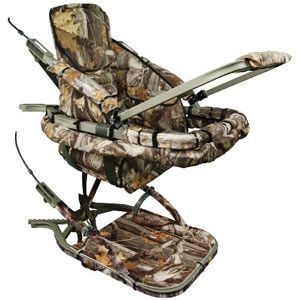You got up in the wee hours of the morning to go hunting with some of your friends, but it hasn't been a successful day. You're looking for a buck, but not even a squirrel has come past you. The three of you are staggered behind three large trees. Suddenly, you see it. It's huge -- a giant trophy buck with more points than you can count. You silently position your gun and take aim. You can see one of your hunting buddies out of the corner of your eye. He's wiggling his nose. No! This can't be happening. And then he does it -- he reaches up and scratches his nose. In the process, he swings his gun out from behind the tree. Just as quickly as it appeared, your prize buck is gone.
Perhaps nothing is more frustrating to a hunter than being discovered. When a target sees you, smells you or notices you moving, it won't be long before it disappears. One way to get an advantage over your prey is to use hunting blinds. Hunters use blinds when hunting a variety of targets, including waterfowl, deer and turkeys.
Advertisement
Native Americans created blinds by digging pits in the earth and covering them with tree limbs [source: Anderson]. Over the years, hunting blinds have evolved into the kind you might recognize today: a boxy or curved hut covered in camouflage. These mechanisms can greatly increase your success when hunting and boost your confidence level.
In this article, we'll take a look at different types of hunting blinds and discuss how you can build your own. Then we'll explore ways you can use and move your blinds. Read on to learn which type of hunting blinds you need for your next hunting adventure.
Advertisement



